Rekluse Core EXP 3.0
Company: Rekluse
Price: $899.00
- Makes any bike operate the clutch like your Honda 50.
- No stalling!
- Teaches you about traction and to trust the torque.
- It does everything but make the shifts for you.
- Freewheeling on downhills or going into turns after a brake lockup takes getting use to.
- Makes bump-starting difficult.
What it is
- A complete auto clutch with high-quality components.
- More than just the auto clutch part, friction, cooling, oiling and oil capacity are looked after.
The EXP3.0 Core is Rekluse’s complete clutch conversion from manual to an auto-activating clutch. On most bikes it comes with the EXP clutch plate, the heart of the system, an inner and outer hub and drive plates and springs on some models. A clutch cover is also included. On the hydraulically activated clutches it also includes a slave unit that allows adjustment of the clutch’s free-play gain. Basically the EXP plate is a ramped expandable cage containing wedges and compressed by springs. As RPMs increase the wedges force outward expanding the plate and compressing the clutch pack. It slips at low RPMs and engages at higher RPMs so the bike won’t stall and you do not have to touch the clutch lever when stopping. You can still override the EXP with a pull on the clutch if needed. The pressure plates are typically lighter than standard for less rotational mass and also have opening s and channels to allow better claimed oiling and cooling.
How it works
- Automatically works your clutch like a pro.
- Highly tunable for clutch engagement and release.
- It does not shift for you!
The biggest chore about the Rekluse clutch for most riders is instillation. It is complicated and you’ll have a much easier time if you have an impact driver for the clutch hub nut and access to a good torque wrench. With those tools most anyone can do it because the instructions are complete, leaving nothing to the imagination. Ours took a little over an hour to install and only a few minutes to tune. Yes, you have to tune the installed gap which is basically the free play inside the clutch, and on the KTM it is as simple as counting to five, plus a turn. The most difficult thing for the novice mechanic is knowing what different parts are called but pictures help out a lot. Bleeding the air from the hydraulic clutch system is actually much easier than you’d think.
In action we tested the clutch in Rekluse’s standard recommended setting for a good portion of our evaluation. That means the EXP Clutch plate was with supplied springs and wedges. We went through the recommended procedure of breaking in the clutch and setting the installed gap, then tuned it as instructed. We set the ideal lever movement as described and checked our results by comparing it to the video that Rekluse has on their web site. Here there is very little, if any clutch drag at a standard idle speed.
The bike could be clicked into gear at a standstill without touching the clutch lever and the bike will just sit there. As you roll the throttle on the bike engages the clutch perfectly, as if you let the clutch lever out like a professional. You could roll it on smoothly and the bike would gently pull away. You can nail the throttle and the bike will loft the front wheel and flip of you are not careful. Your right hand on the throttle now plays double duty of telling the clutch how much bite and hook-up you want. In reality you do not even need the clutch lever on the bike as the automatic action is so good. The KTM 500 was nearly impossible to stall and you had to do some pretty awkward things with the throttle and having the wheel very hooked-up to get that to happen.
As you get used to the clutch you will find it amazing how low of an RPM the bike will pull from and how little wheel spin you will have with the Rekluse. It isn't scared of stalling like you are. It will bite in and grab, loading up the motor before there is too much power being produced to cause wheel spinning. And if you want to spin, roll the throttle on harder and it will. Shifting just takes a quick roll-off of throttle and the bike clicks to the next gear without the clutch ever fully disengaging (you really don’t need the clutch to shift, up or down if you know how to do it and wide open power shifts are possible). One of the biggest complaints with the auto clutch is the freewheeling. The KTM wasn't that prone to freewheeling when you lock up the rear brake unless you also stay completely off the gas--the clutch bites and engages at a pretty low RPM. If it does freewheel, over time you will learn that a slight blip of the throttle will have the clutch re-engaged and using engine braking. You can tune this through the installed gap as well as with the idle speed. Further tuning is available with different springs and wedges where you can get just about any feel you’d desire (see http://dirtbiketest.com/fresh-dirt/tech-rekluse-clutch-tuning/ ).
The clutch action at the lever generally gets stiffer than standard, but like we said, you never need to use it. If you do, it does not feel funny as in past versions of the clutch where the engagement position changed as the RPMs changed. To get a boost in RPM you can slip or disengage the clutch just like stock by pulling the lever. Motocross style starts are pretty normal feeling except that you can easily start a gear higher than usual (yes, even third on some bikes) and just twist the throttle way farther.
Some issues or downsides to the clutch are the lack of being able to use the bike in gear with the motor stalled as a brake when going downhill. When the motor is off the bike acts like it is in neutral and the rear wheel rolls. Riders who are really out of tune with shifting and knowing what the right gear is can ride in way too high of a gear and burn up the clutch. It will let you ride a 1st gear trail in 4th gear but that is abusive and should never be done. The auto clutch does not eliminate the need to be in the proper gear, it just minimizes the consequences when you make that mistake. Compared to older versions of the EXP the 3.0 has a smoother engagement and better modulation with a lot less chatter. If you do get it to chatter or shudder you are likely abusing it. We only had this happen when we were towing another bike in the sand.
As for durability our friction clutch plates are basically lasting way longer. This at first seemed strange as when riding you feel the Rekluse doing a lot of work. But what it isn't doing is trying to slip and reduce the power to the wheel like we as riders tend to do in fear of stalling or after giving it too much gas. So in reality it is slipping a lot less, which means less wear and less heat in the engine.
A lot of riders feel having an auto clutch emasculates the user, as if having a manual clutch and working the clutch makes you a better rider. We’ll we’d argue the opposite. Letting the Rekluse do the work makes you a better rider since there is a lot less that will go wrong. You will be stalling less, not spinning as much and not burning up the clutch and in general using less brain power to ride. We'll admit it isn't for everyone but it is for a lot more riders than are willing to admit it. Just ask any rider who has one in thier bike.The EXP 3.0 can be set up for different styles of riding with quick and easy spring changes. At $900 it is on the pricey side of modifications, upwards in the cost of a fancy pipe. But until you get addicted to it, and most seem to, we can say it is easily worth the cost based on the benefit. Even if you don't feel you need one.
Help support this site by purchasing through this link:
Leave a Reply
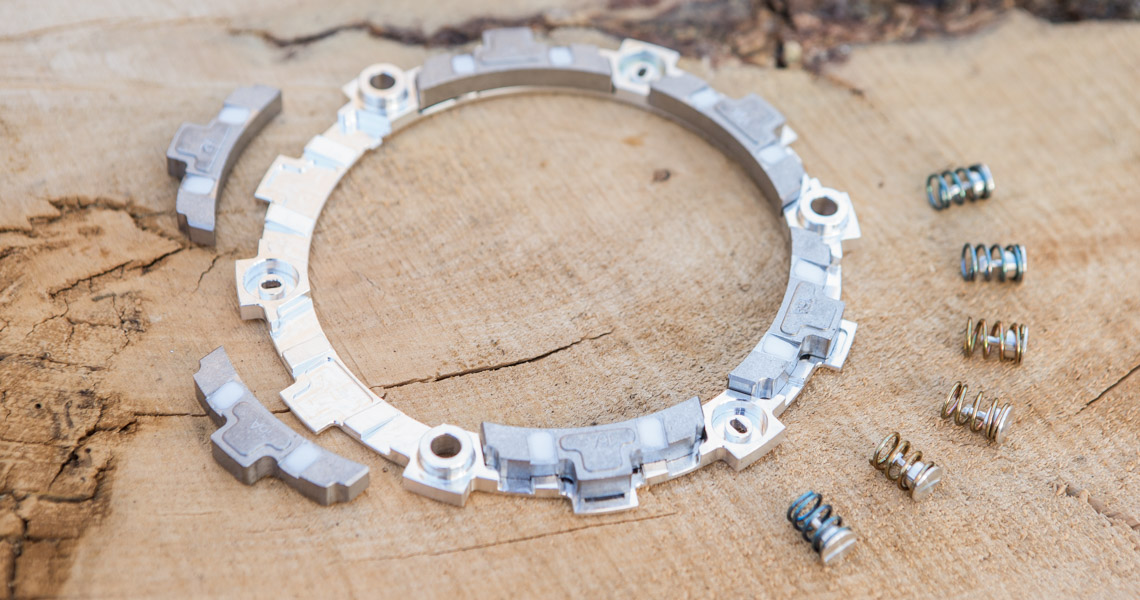
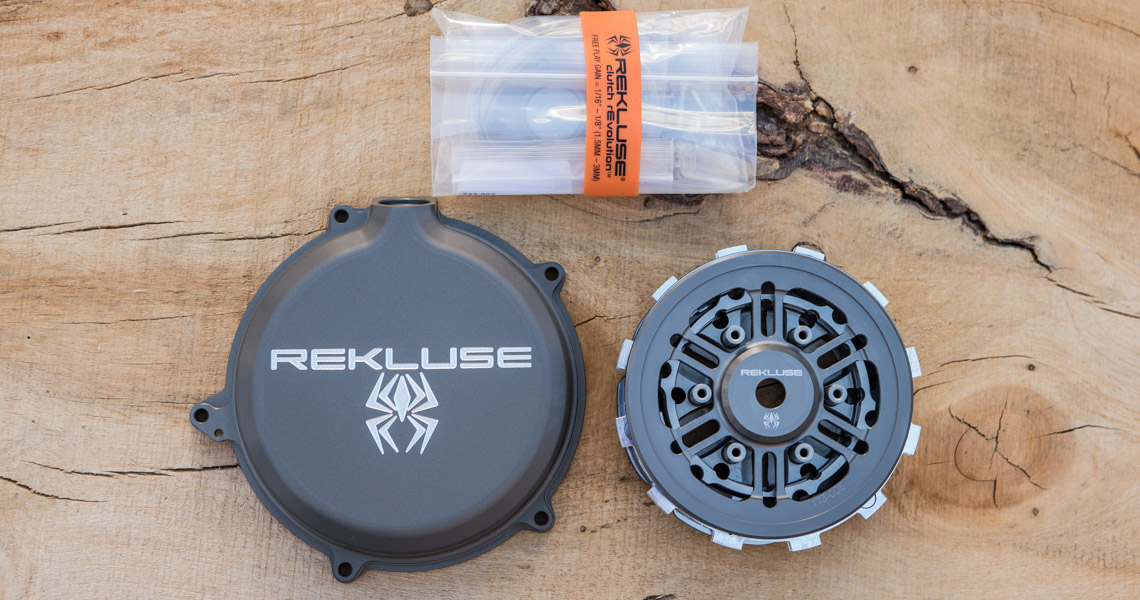
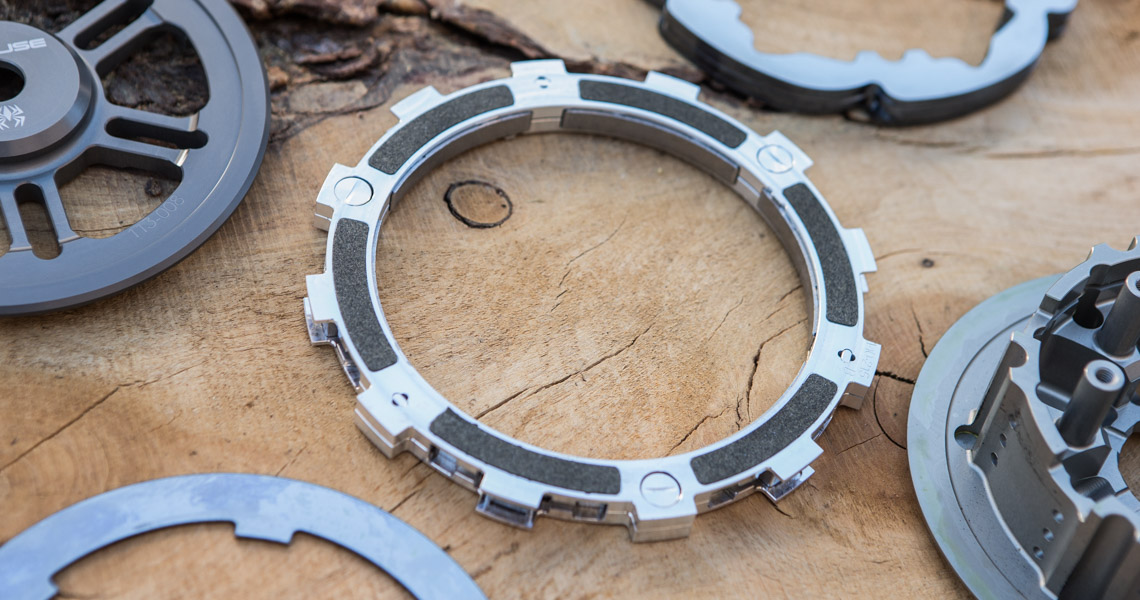

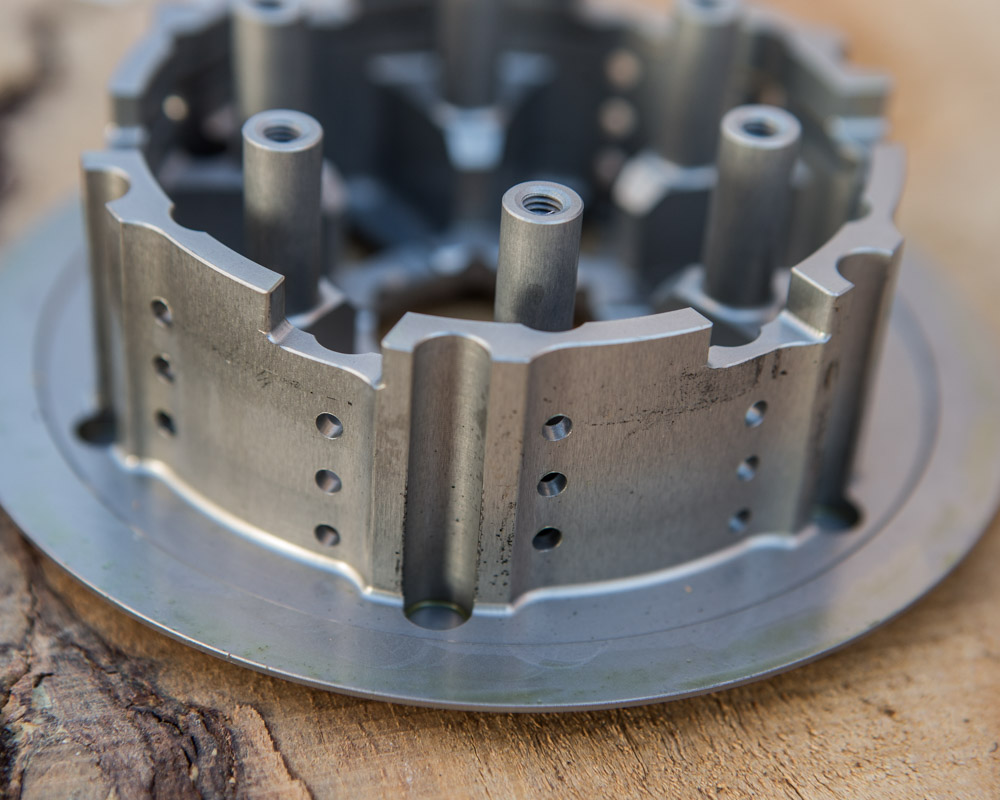
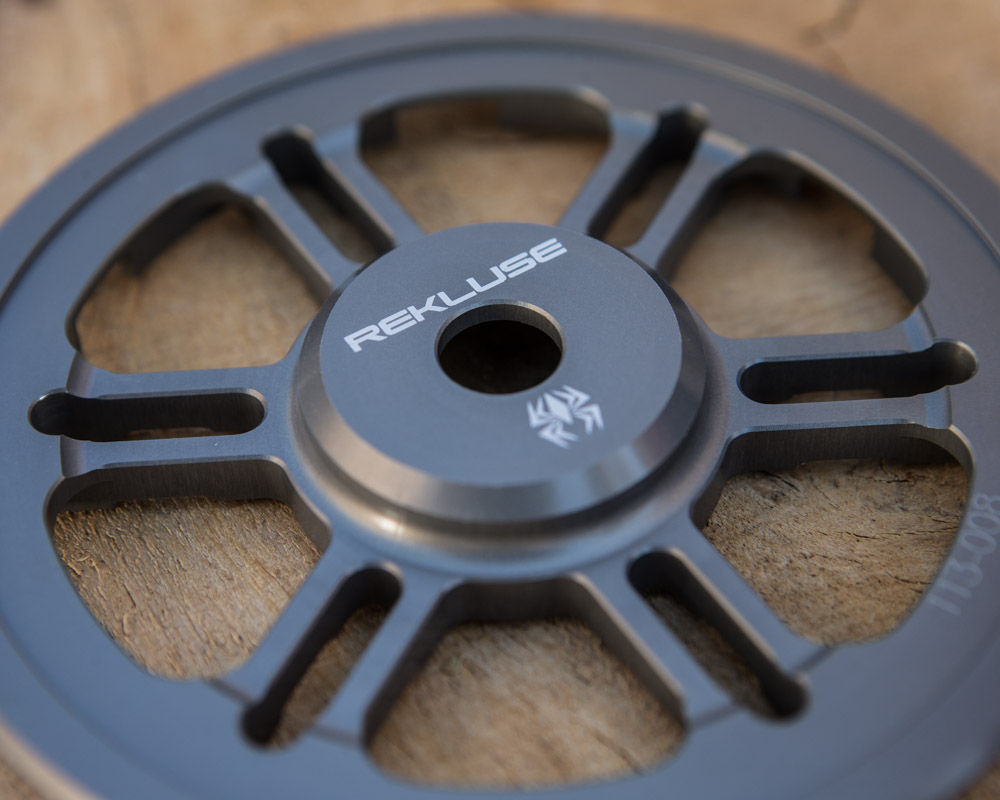
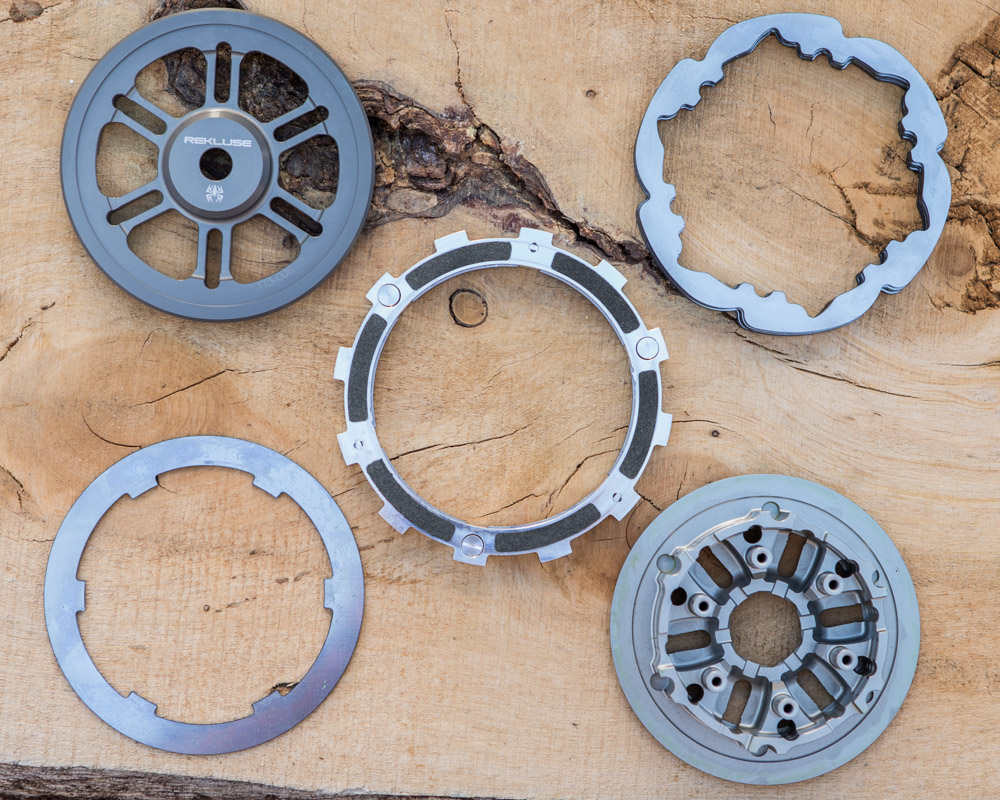

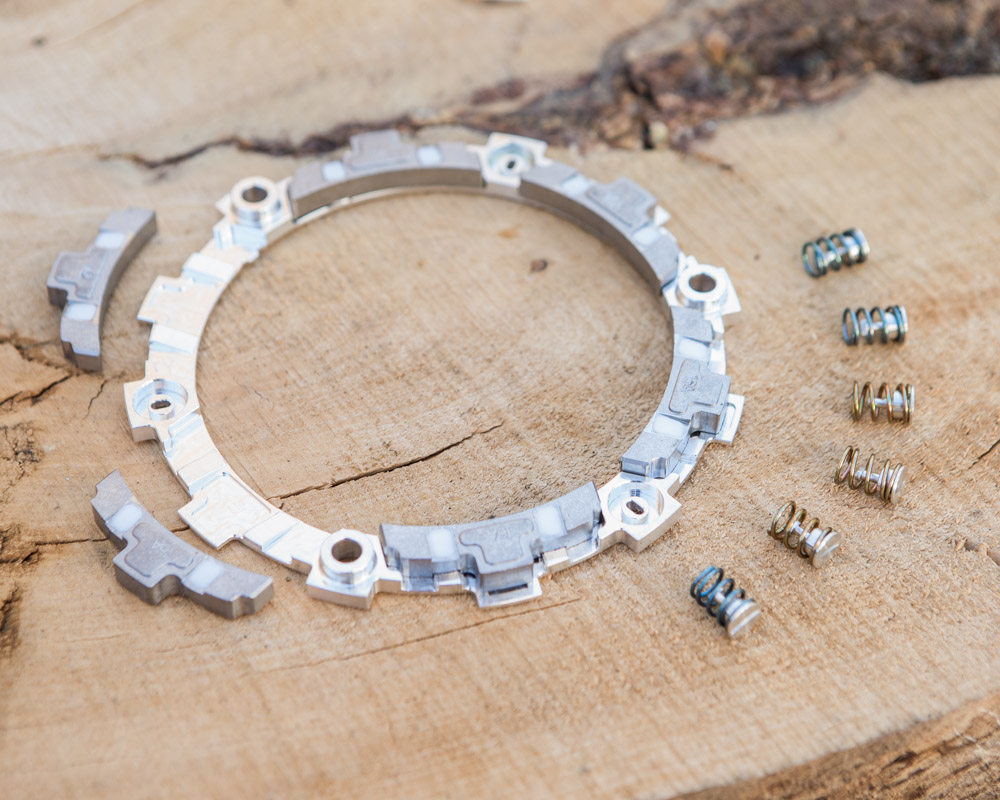
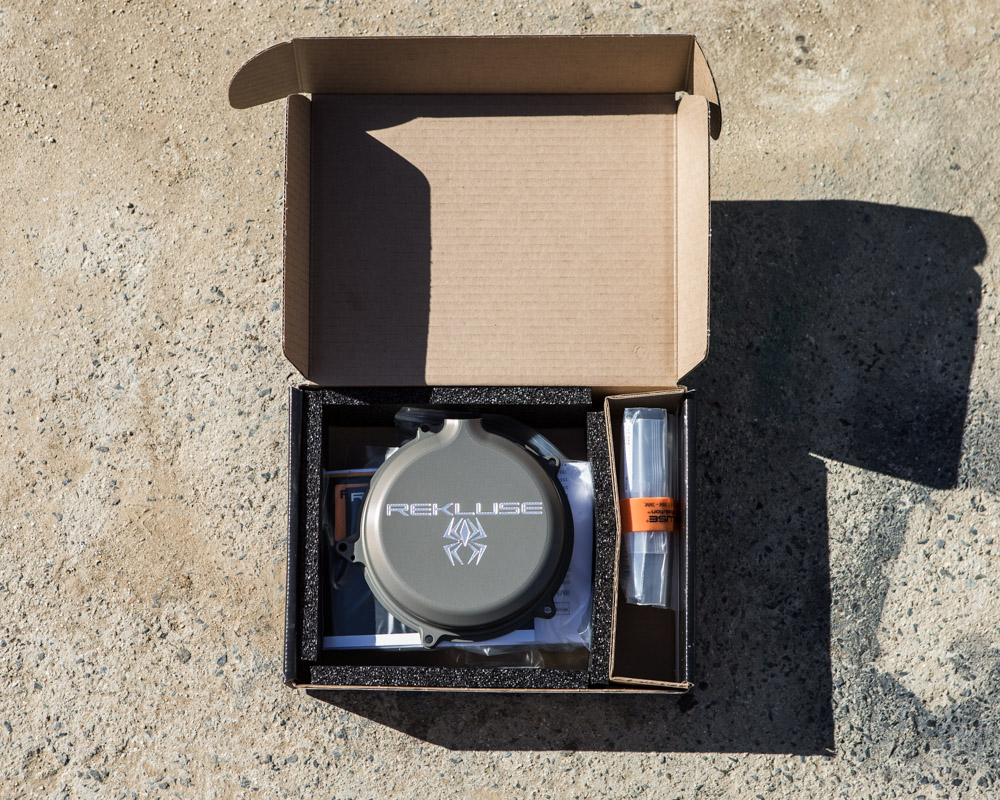
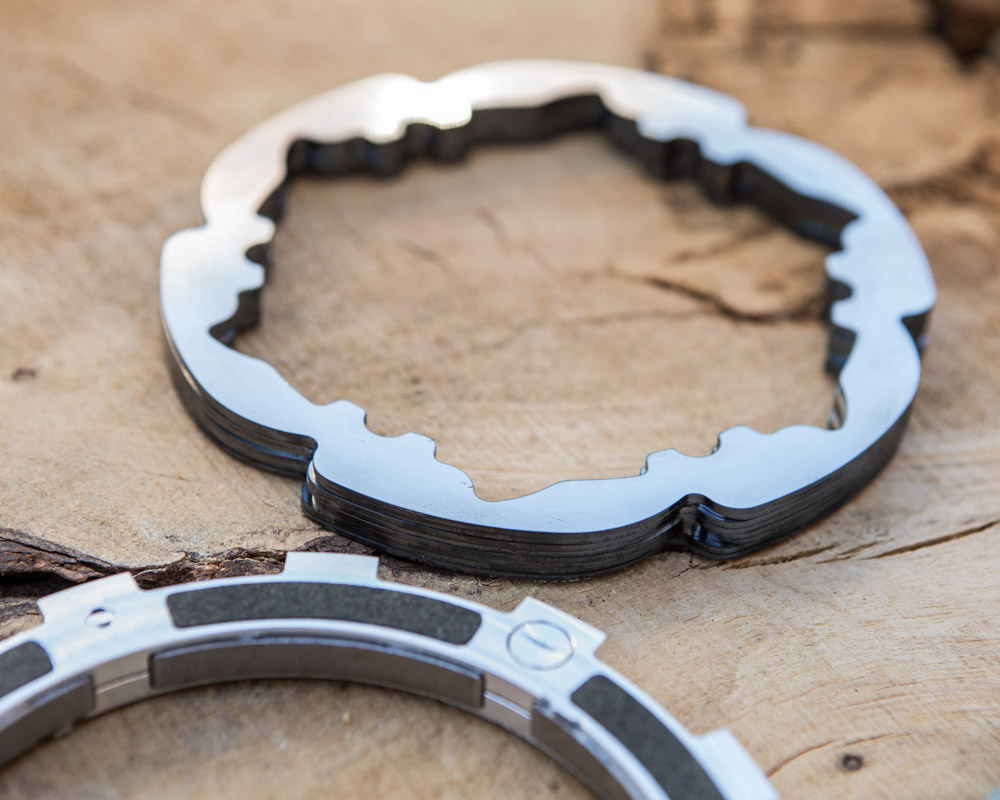
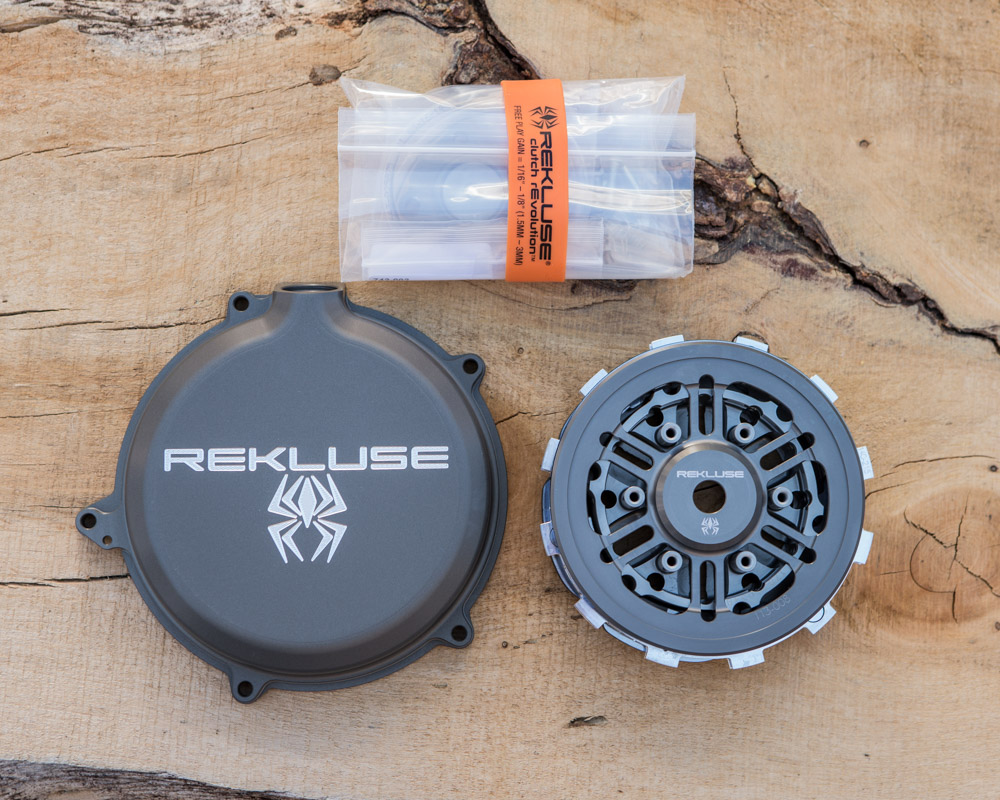
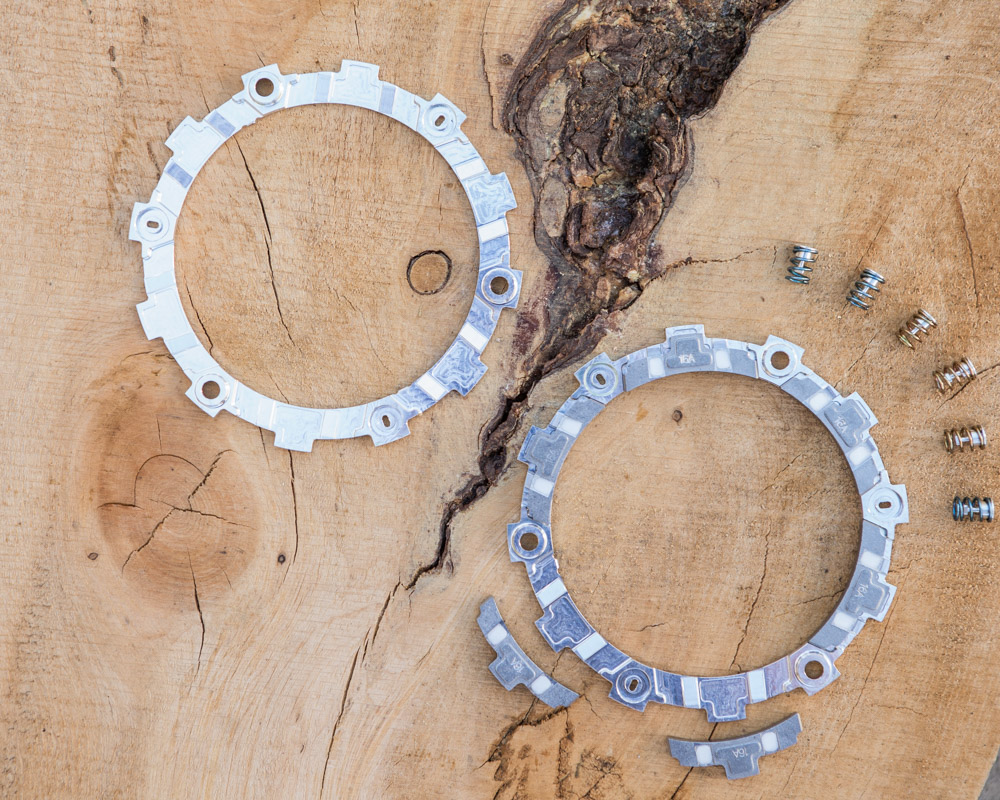
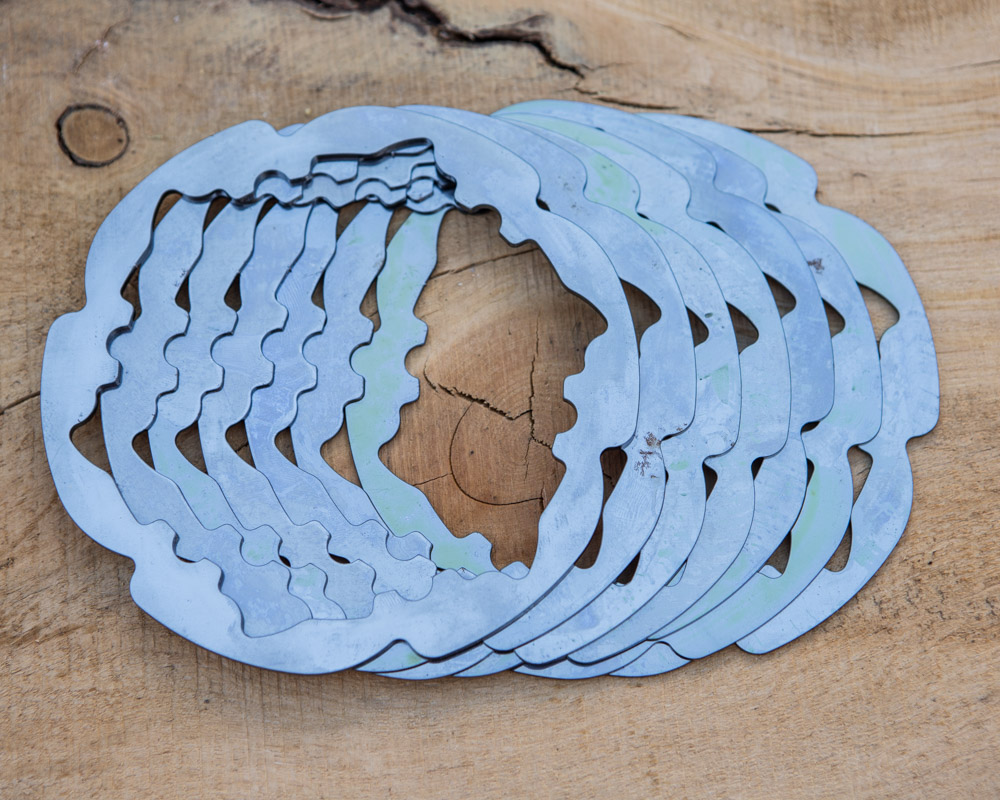
4 Responses to “Rekluse Core EXP 3.0”
Aram
Good write-up! Get used to those downhills and the Core EXP is a godsend! It allows average riders to get out of situations that are over their heads and advanced riders the opportunity to work the clutch where they need it or let it engage/disengage at will. When I’m huffing and puffing with the front wheel in the air trying to turn the bike 180* into a step-up in a loose rocky mess I have a lot less to worry about with this clutch in my bike than without. Hell yeah Rekluse.
Jon
Long time listener, first time caller – love the site. Anyway, wondering if you guys have any thoughts on ditching the clutch lever entirely with a Rekluse setup and converting the lever to a left hand rear brake. Good idea? Stupid idea? This is on a Husky FE501, primarily trail-ridden, with the occasional enduro/hare scramble/GP thrown in for good measure. Thanks in advance for any input you’d care to provide.
Jimmy Lewis
A lot of us still use the clutch and some of us can’t adapt to the brake on the bar. I have used it both ways. Properly set up you never need to use the clutch lever. The brake lever on the bar (I have one bike with two levers, clutch and brake) can be used simple to stop the bike from rolling if the engine is off on hills, where the clutch normally acts like a parking brake with the bike in gear. Some riders can use the brake lever like they do on a bicycle. It is all what you are comfortable with and what you can adapt to. Good to have options.
Jimmy Lewis
If you have the core you will likely need everything from the inner hub outward. But if it is an auto clutch (EXP disk) then you will alos need a slave unit. Try looking for someone looking for a Rekluse and do a trade of parts.